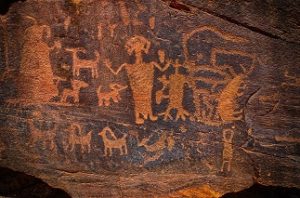Decolonizing matrices in the communication
To enter into a dialogue with the West
This paper examines the premises of decolonization in the Communication Studies and practice that challenges the West civilization based on the critical thinking of precursors and contemporary intellectuals of Latin America. The principles and values of communication and life are recovered for the constitution of a study and the exercise of intercultural communication for well-living, evidencing the need for an alternative communication epistemology based on matrices formulated by authors such as Luis Ramiro Beltrán and Erick Torrico under the premise of “liberation communicology” against the progress-mercantilism and the modernity of communication. This approach focuses on the horizontality and the circularity of the communicative process, and above all in the recovery of its ontological and integral level in the study-knowledge and exercise of communication. Philosophy and the Amazon do not claim the annulment of the way of reasoning and the Western procedure, the embargo, the search for dialogue and respect for indigenous wisdom and community life. Consequently, unity in diversity is sought, understood as the comprehensive understanding of the thought of communicative communication, demonstrating the need to establish a dialogue of knowledge between indigenous wisdom and knowledge of the West, assuming as a challenge to urge to live in harmony between human beings and nature, where communication is the link for the study and practice of the culture of life.
Valdez-López, O.E., Romero Rodríguez, L. M., & Hernando Gómez, A. (2019). Decolonizing matrices in the communication to enter into a dialogue with the West. Sophia, (26). https://doi.org/10.17163/soph.n26.2019.08


